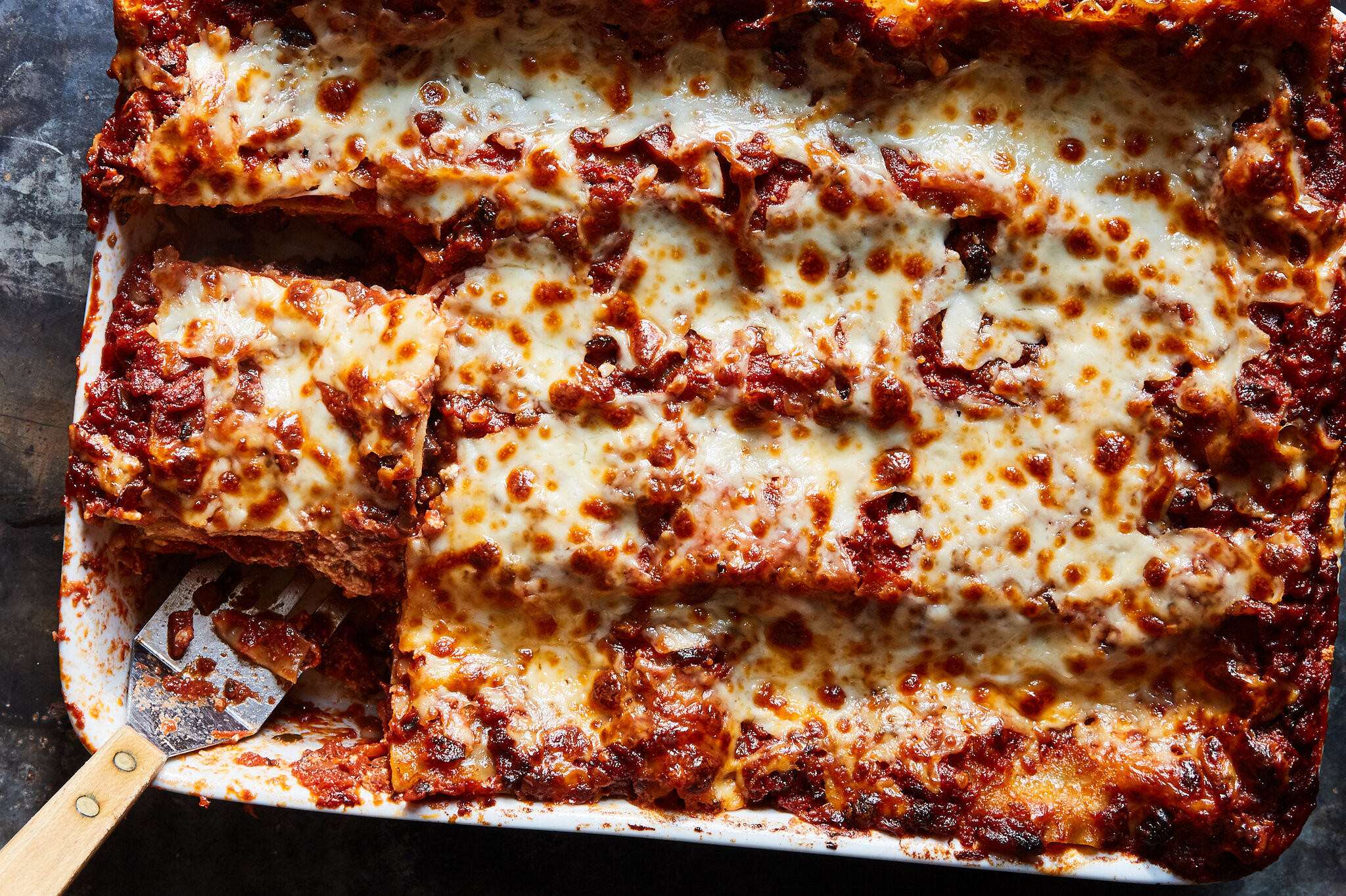The age-old question resurfaces every time we’re faced with steaming leftovers: can you put hot food straight into the refrigerator? Many of us hesitate, picturing a battle between piping hot dishes and our fridge’s cooling system, or worrying about bacterial growth if we leave food out too long to cool. But is this caution rooted in fact, or is it an outdated kitchen myth?
For generations, a common belief has warned against placing hot food in the refrigerator. The fear was that it would raise the fridge’s internal temperature, potentially spoiling other stored foods and forcing the appliance to work harder, leading to higher energy bills. This concern, however, is largely a relic from a time before modern refrigeration technology.
The truth is, food safety experts, including the United States Department of Agriculture (USDA) and the Food and Drug Administration (FDA), actually recommend refrigerating hot food promptly. The key to safely storing hot meals in the fridge lies in understanding why the old rules existed and how modern refrigerators overcome those limitations.
The apprehension about refrigerating hot food stems from the era of iceboxes, the predecessors to modern refrigerators. These early cooling devices relied on blocks of ice to maintain low temperatures. Introducing hot food into an icebox would indeed cause the ice to melt faster, reducing its efficiency and potentially compromising food preservation. Modern refrigerators, however, are equipped with advanced cooling systems that utilize chemical refrigerants and fans to circulate cold air efficiently. They are designed to handle temperature fluctuations more effectively.
So, Can You Put Hot Food In The Refrigerator? The answer is a resounding yes, and in many cases, it’s the safest practice. Delaying refrigeration to cool food at room temperature for extended periods can actually be more dangerous. The “danger zone” for bacterial growth is between 40°F and 140°F (4°C and 60°C). Leaving food in this temperature range for more than two hours (or one hour if the temperature is above 90°F/ 32°C) can significantly increase the risk of foodborne illnesses.
To safely refrigerate hot food, portioning is crucial. Large quantities of hot food can take a long time to cool down, even in the refrigerator. Dividing dishes like casseroles, soups, stews, and large cuts of meat into smaller, shallower containers allows for faster cooling. Aim for portions no more than two inches deep. This rapid cooling minimizes the time food spends in the temperature danger zone.
Initially, you can loosely cover the containers to allow steam to escape. Once the food has cooled down somewhat (this should not exceed two hours), you can seal the containers tightly for optimal storage. For even faster cooling before refrigeration, consider using an ice bath. Place the container of hot food in a larger bowl or sink filled with ice water. Stirring the food occasionally will also help to expedite the cooling process.
While refrigerating hot food is generally safe, freezing hot food directly is not recommended. Rapid freezing is beneficial for food quality. It leads to the formation of smaller ice crystals, which cause less damage to food texture. However, putting very hot food directly into the freezer can raise the temperature inside, potentially affecting other frozen items and making the freezer work harder. It’s best to cool food down somewhat, using the methods mentioned above, before transferring it to the freezer. When freezing liquids, remember to leave headspace in the containers to accommodate expansion as the liquid freezes.
Choosing the right containers for storing food in both the refrigerator and freezer is also important. Glass containers, especially tempered glass, are excellent choices as they are non-reactive, easy to clean, and don’t absorb odors or stains. They are also oven and microwave-safe for reheating. Silicone bags offer a lightweight and flexible alternative, though they may require more thorough cleaning to remove lingering smells. Avoid putting hot food directly into plastic containers, especially those not designed for food storage, as heat can cause chemicals like BPA and phthalates to leach into the food. Single-use plastic containers like takeout boxes or yogurt tubs are not suitable for repeated use or exposure to heat. Always opt for freezer-safe and food-grade containers for storing leftovers.
In situations where refrigerator space is limited, especially during holidays or large gatherings, you might consider temporary outdoor cooling if the ambient temperature is 40°F (4°C) or below. However, this should be treated as a short-term measure and not a substitute for refrigeration or freezing. Ensure food is tightly sealed to prevent contamination from dust, insects, or animals, and avoid direct sunlight. A cooler with ice packs is a more reliable option for keeping food cold outside if needed.
To maximize space in your refrigerator, especially when dealing with holiday leftovers, take a proactive approach. Before a big meal, clear out items that don’t necessarily need refrigeration. Many condiments, unopened jars, and certain fruits and vegetables can be stored at room temperature, freeing up valuable space for perishable leftovers. By understanding the science behind food safety and modern refrigeration, you can confidently and safely manage your leftovers, ensuring both food safety and quality.


